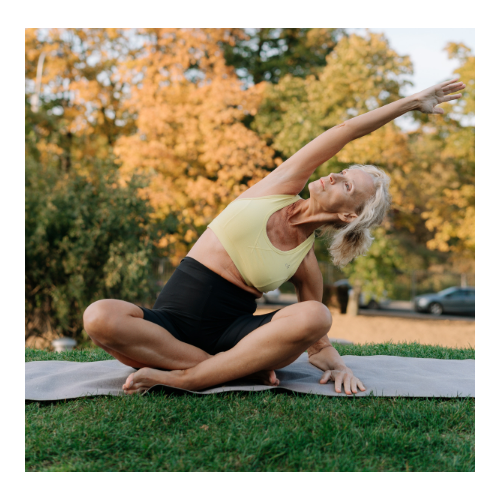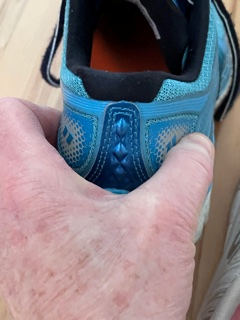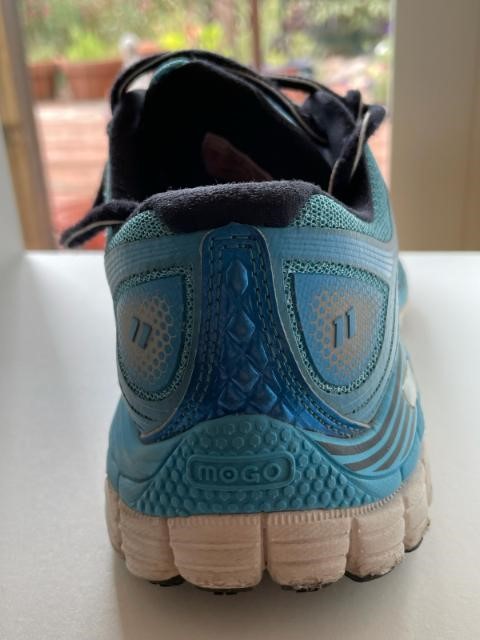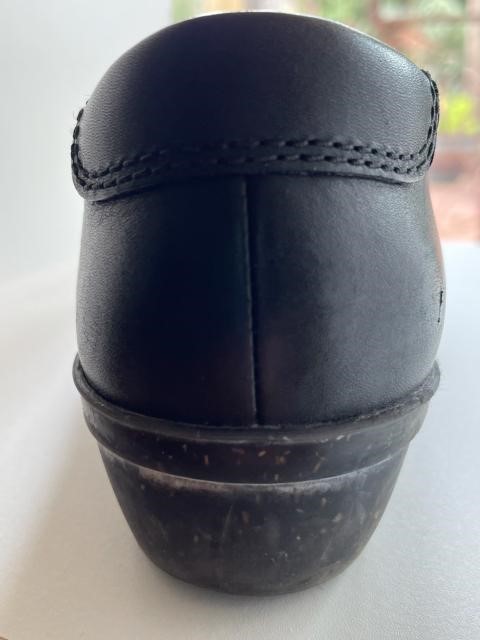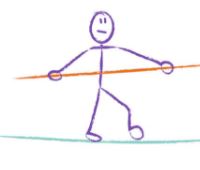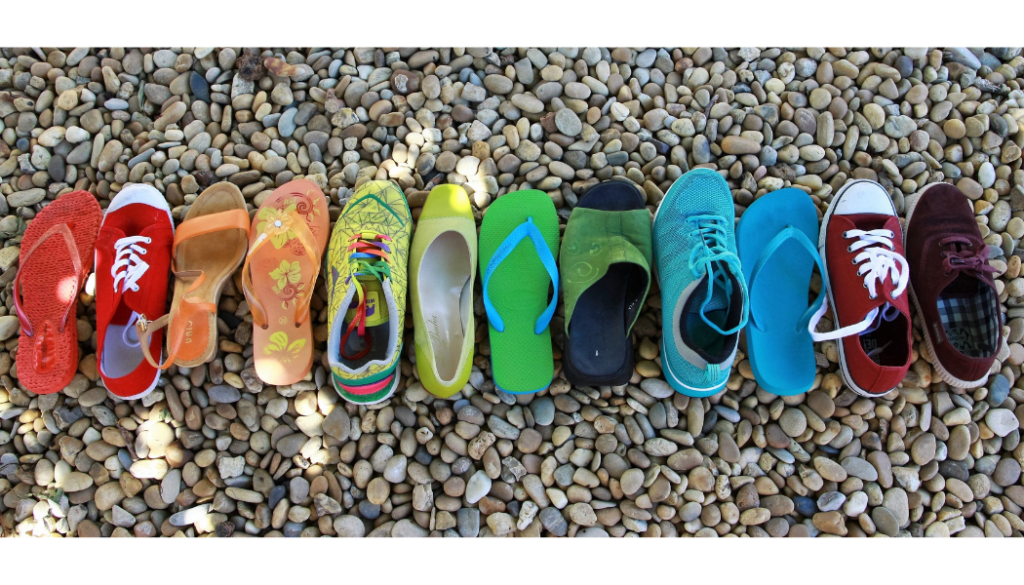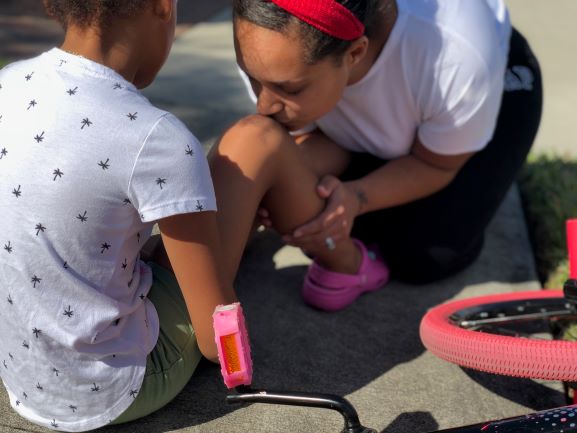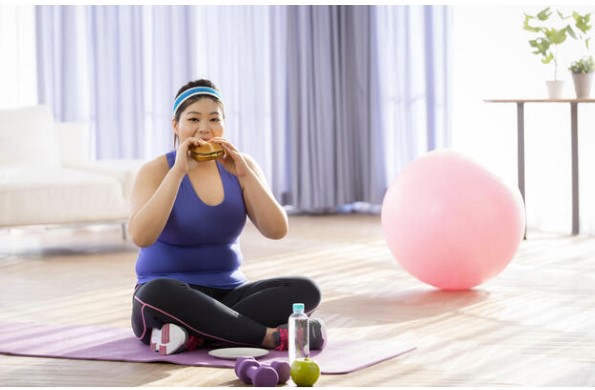
Most of us are aware of the importance of regular exercise. We are surrounded by research and advice on how much to exercise, when to exercise, the best types of exercise. But how can you determine the best ways for you to exercise and how to stick to these exercises? To begin, here is an inescapable fact about exercise…the only exercises that work are the ones that you will actually do! So before looking at exercise research and medical advice, it may be helpful to try this exercise in discovering your personal definition of “the best exercise.”
Here is the exercise: investigate your relationship with exercise. Investigate your beliefs about exercise. Be honest with yourself. Many people have preconceived notions about what exercise should entail. It can be helpful to notice any thoughts with the word “should” and to put those thoughts aside. Just for now. Explore who you are with self-acceptance, without judgment.
Here are the questions:
Do you like to exercise? If the answer is yes, what type(s) of exercise do you like? If the answer is no, as is common for many people, can you identify what you dislike? Be as specific as possible. If you dislike exercise, what might make it more palatable?
Where do you like to exercise? Do you like going to the gym? Hate going to the gym? Love swimming? Hate getting wet? Do you prefer taking a class or working privately with a trainer? What about following an exercise video at home in your living room? Would you rather be indoors or outdoors?
What time of day works best for you? Before your day gets started? Or perhaps after getting home from work?
How much time are you able to spend exercising? Note the wording. How much time are you able to spend, not how much time you think you should spend exercising.
What do you hope to achieve by exercising? What are your goals? Perhaps weight loss, improved muscle strength, flexibility or tone? Increased well-being? Decreased stress?
How will you know you have reached your goal? This is an important and often overlooked question. Try to make your goals specific. For example, being able to walk two miles. If your goal is to feel less stressed, how much is “less stressed”? What specifically does “less stressed” feel like? The Visual Analog Scale, also known as the pain scale or VAS, has been shown to be quite accurate; meaning that if you feel your pain is a 5 on the scale of 1 to 10, your “5” is quite consistent within yourself. You can use the same method to measure your stress. Even measuring stress as small, medium, or large can be helpful.
At the end of this exercise on exercising, you should have some information about yourself that will help you to determine your next step toward developing a successful exercise habit. For example, you may discover you like exercise if it’s outdoors in the early morning; that you can realistically spend 20 minutes 3 times a week exercising; that your goals are to lose 20 pounds and to be able to walk 2 miles. Or you may have discovered that you don’t like exercising but are willing to endure it for 10 minutes every day as long as you can remain seated. Your goal is to decrease your blood pressure medication.
Part 2 will discuss creating an exercise program based on what you learned about your relationship to exercise. Look for it in the Winter 2023 newsletter coming this December. I hope you enjoy your process of self-discovery!

